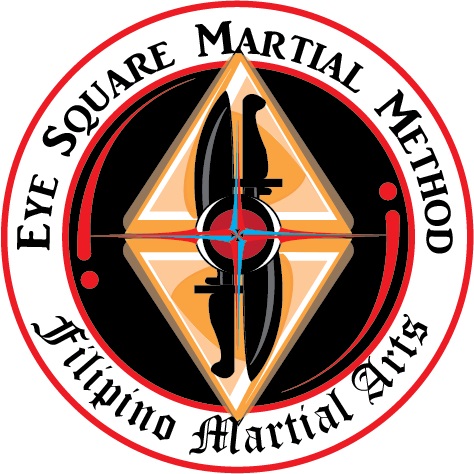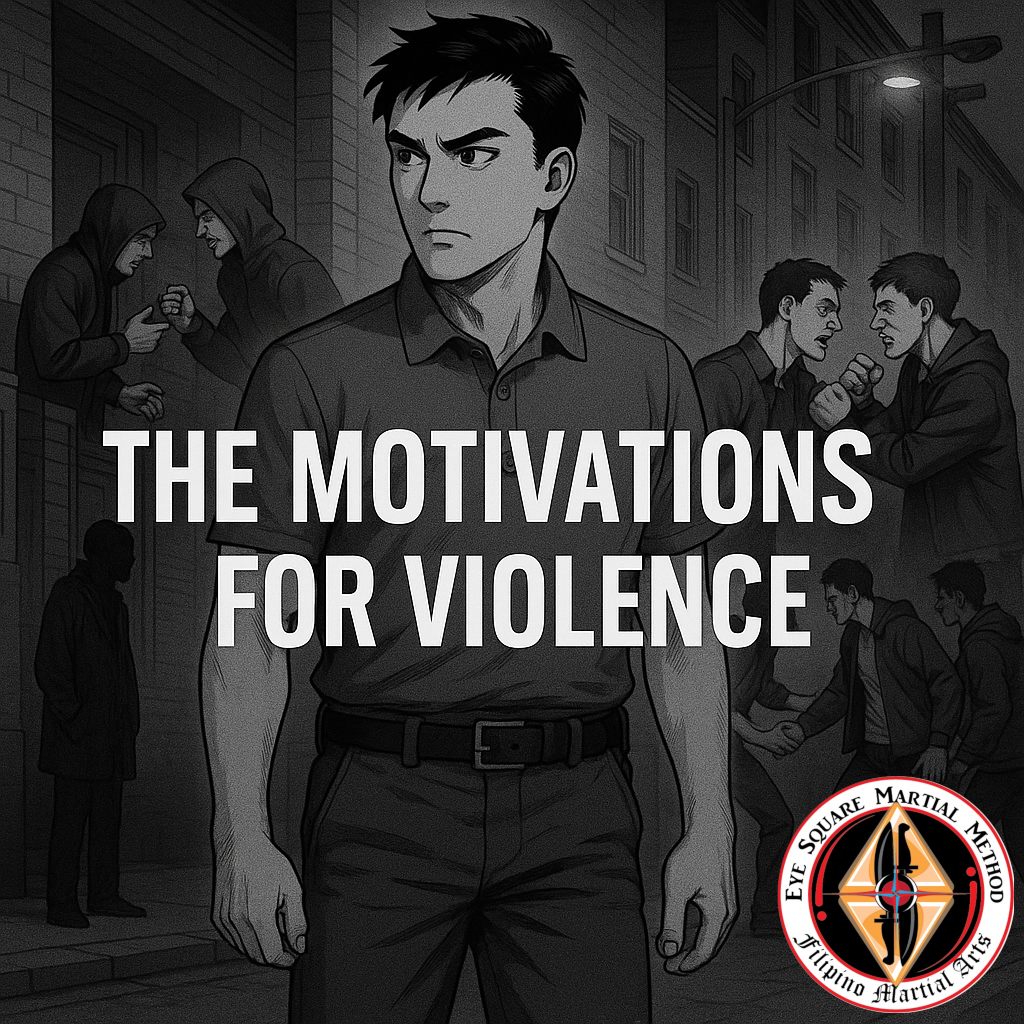Prepared, Not Violent is an ongoing series from Eye Square Martial Arts exploring how martial artists can understand, avoid, and prepare for real-world violence—without becoming consumed by it.
This is Part V: The Motivations for Violence
At first glance, the motivations behind violence can seem random—chaotic events with no logic behind them. But the truth is: violence always has a reason, even if the victim is unrelated to the perpetrator.
One useful framework for understanding these reasons comes from Maslow’s Hierarchy of Needs. From this model, we can break violence down into three primary categories:
- Survival / Resource-Based Violence
- Social Cohesion Violence
- Self-Actualized Violence
🥖 Survival / Resources
The lowest levels of Maslow’s pyramid include:
- Physiological needs (breathing, food, water)
- Safety needs (shelter, predictability, physical security)
Violence motivated by survival often comes from desperation—especially when addiction is involved. A mugger isn’t typically trying to feed their starving family (despite popular media tropes); they’re often feeding an addiction.
Important note:
Withdrawals from substances—especially alcohol—can be lethal. Alcohol is one of the most dangerous and violence-associated substances in the world. People in the grip of addiction can become unpredictable, desperate, and, in a very real sense, possessed.
This type of violence is often patterned and predictable:
- The mugger selects known “hunting grounds”
- They use routine tactics to maximize success
- Creating a reactionary gap (e.g., throwing a wallet one direction and fleeing another) can help you escape
🧑🤝🧑 Social Cohesion
Maslow’s mid-level needs are:
- Belonging
- Esteem
These are the layers where most Westerners encounter violence. It’s tribal—about status, respect, and group belonging.
Violence at this level is usually “on script.” People are defending perceived status, correcting rule violations, or asserting dominance.
Examples:
- A sincere, non-weasel-worded apology can defuse a tense social encounter.
- Smaller individuals may provoke larger ones—if they lose, it’s expected; if they win, the social payoff is large.
- Much of female-on-female aggression at this level manifests as social exclusion or reputation destruction.
This is the arena of honor culture violence, bar fights, and public confrontations. The motives are understandable—even predictable—when you understand the rules of the group or environment.
Recommended resources:
🧠 Self-Actualization
At the top of Maslow’s hierarchy is self-actualization—doing something simply because you want to, not because you have to.
Normally, this is seen as a positive goal: becoming a great artist, helping others, or exploring your full potential.
But the dark side of self-actualization is choosing to do terrible things just because you enjoy them. This is the realm of:
- Serial killers
- Sexual predators
- Power-seekers who inflict pain and suffering because it satisfies something within them
These individuals aren’t driven by need or status—they’re fulfilled by violence itself. This is rare, but it’s important to recognize it as its own category.
🎯 Final Thoughts
Understanding the motivations behind violence won’t make you immune to it—but it will help you recognize patterns, de-escalate where possible, and respond with the right mindset and tools.
Not all violence is personal. But all violence is purposeful.


